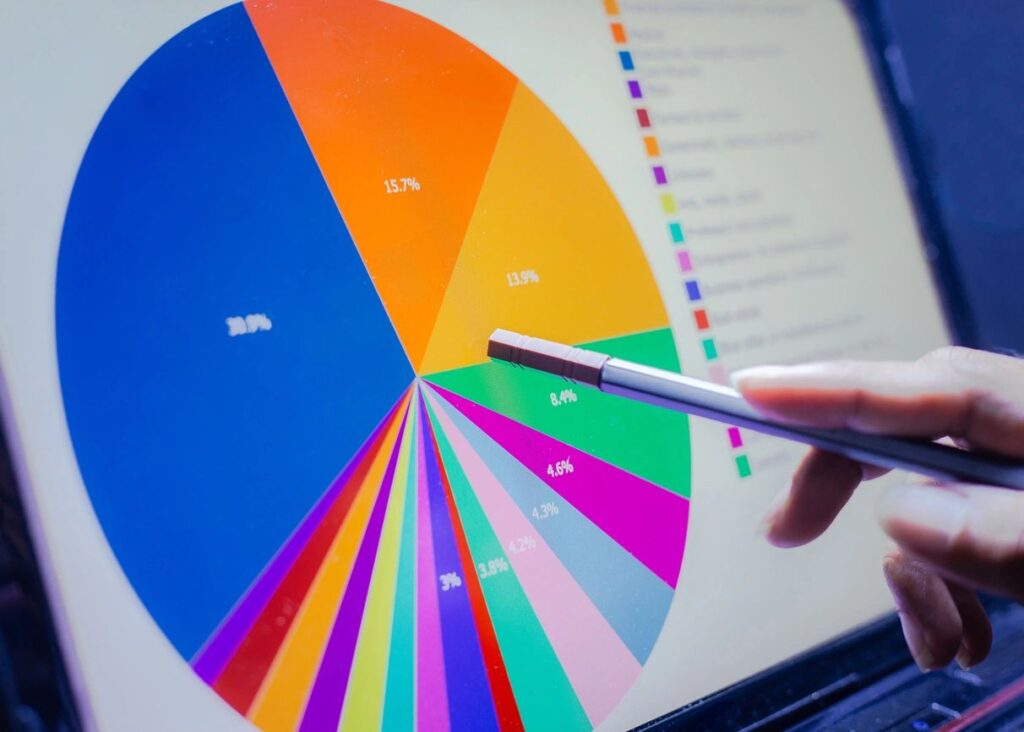
Whether you call it Paid search advertising, PPC (pay-per-click) or SEM (search engine marketing), it has continued to evolve in 2022 with updates from Google Ads and other platforms. Here we summarize some of the top updates from the past year:
What you need to know
First, is the “Smart Bidding” feature. Which uses machine learning algorithms to optimize bids in real time based on various factors, including the conversion’s likelihood and the conversion’s value.
Attribution is king. Google Ads has also made it easier for businesses to track the performance of their ads with the “Google Ads Attribution” feature. This feature allows businesses to see how their ads perform across various channels and devices and attribute conversions to specific campaigns and ads.
Introducing Gallery Ads. In addition to these updates, Google Ads has also introduced new ad formats and targeting options. One of these is the “Gallery Ads” format, which displays a carousel of images with accompanying ad copy and is designed to drive engagement and conversions.
Intent Insights. Other platforms have also introduced updates to improve the effectiveness of paid search advertising. Bing Ads, for example, has introduced the “Intent Insights” feature, which provides insights into users’ search intent and allows businesses to tailor their ads accordingly.
The influence of COVIFD-19. The COVID-19 pandemic has significantly impacted paid search advertising in 2022. Many businesses have had to pivot their advertising strategies due to changes in consumer behavior, which has led to an increase in automated bidding and targeting options.
Promotion Extensions. Google has also introduced updates to the “Promotion Extensions” feature, which allows businesses to highlight special offers or promotions in their ad copy. This is particularly useful for businesses looking to drive sales during peak seasons or events.
Store Visit Tracking. Google has also made it easier for businesses to track and optimize their advertising efforts with the “Store Visits” metric. This metric measures the number of physical store visits that can be attributed to a business’s online advertising.
Demographic Insights. Google has also made it easier for businesses to reach their target audience with the “Demographics for Search Ads” feature. This feature allows businesses to target their ads based on user’s age, gender, and parental status.
Dynamic Ads. Other platforms have also introduced updates to improve the effectiveness of paid search advertising. Facebook, for example, has introduced the “Dynamic Ads” feature, which automatically generates ad copy and targets relevant users based on their browsing and purchase history.
The increasing focus on user privacy and data protection. Google, for example, has introduced the “Privacy Sandbox” initiative, which aims to protect user privacy while still allowing businesses to target ads effectively. This has led to the development of new privacy-compliant targeting options, such as “Federated Learning of Cohorts” (FLoC), which groups users based on their interests and behavior rather than individual data points.
Google has also introduced updates to the “Google Ads App” for iOS and Android, which allows businesses to manage their ads on the go and receive notifications about campaign performance.
Google has also made it easier for businesses to measure the impact of their ads on offline sales with the “Store Sales Direct” feature. This feature allows businesses to see the direct impact of their online ads on in-store sales by connecting their Google Ads account to their point-of-sale system.
Google has also introduced new ad formats and targeting options for video campaigns. One of these is the “Bumper Machine” feature, which automatically generates short, attention-grabbing video ads based on a business’s existing video content. Another update is the “Google Ads Video Targeting” feature, which allows businesses to target their video ads based on users’ interests and demographics.
TrueView for Action. Other platforms have also introduced updates to improve the effectiveness of paid search advertising for video campaigns. YouTube, for example, has introduced the “TrueView for Action” ad format, which allows businesses to include calls-to-action in their video ads and measure the impact on conversions.
The use of artificial intelligence (AI) and machine learning in paid search advertising. Google, for example, has introduced the “Google Ads AI” feature, which uses AI to optimize ad campaigns and provide insights to businesses. Other platforms, such as Bing Ads, have also introduced AI-powered features, such as the “Bing Ads Intelligence” tool, which helps businesses optimize their ad campaigns based on real-time data.
The focus on mobile advertising. Google, for example, has introduced the “Google Ads Mobile App Install” ad format, which allows businesses to promote their mobile apps in search results and measure the impact on app installations. Other platforms, such as Facebook, have also introduced updates to improve the effectiveness of mobile advertising, such as the “Facebook App Ads” feature, which allows businesses to promote their mobile apps to users on the Facebook platform.
Leveraging automation in paid search advertising. Google, for example, has introduced the “Google Ads Automation” feature, which allows businesses to automate tasks such as ad creation, targeting, and bid optimization. Other platforms, such as Bing Ads, have also introduced automation features, such as the “Bing Ads Automation” tool, which helps businesses save time and improve efficiency by automating tasks such as ad creation and targeting.
Stronger focus and use of voice search in paid search advertising. Google, for example, has introduced the “Google Ads Voice” feature, which allows businesses to target their ads to users searching by voice on devices such as Google Home and Android phones. Other platforms, such as Amazon, have also introduced updates to improve the effectiveness of voice search advertising, such as the “Amazon Ads Voice” feature, which allows businesses to advertise on Amazon’s voice-activated devices, such as the Echo.
Increasing use of virtual and augmented reality in paid search advertising. Google, for example, has introduced the “Google Ads VR/AR” feature, which allows businesses to create immersive ad experiences for users on VR and AR devices. Other platforms, such as Facebook, have also introduced updates to improve the effectiveness of VR/AR advertising, such as the “Facebook Ads VR/AR” feature, which allows businesses to create immersive ad experiences for users on the Facebook platform.
Increased use of programmatic advertising in paid search. Programmatic advertising refers to the use of algorithms to automate the buying and selling of advertising space in real-time. Google, for example, has introduced the “Google Ads Programmatic” feature, which allows businesses to buy and sell advertising space in real-time through automated auctions. Other platforms, such as Bing Ads, have also introduced programmatic advertising features, such as the “Bing Ads Programmatic” tool, which helps businesses reach their target audience more effectively through automated bidding and targeting.
Leverage Google Ads in 2023!
At Sorcery Media Group, we understand that setting up Google Ads isn’t the easiest thing to do. For further guidance on new search features or setup. and how to develop a tangible digital marketing strategy, get in touch with us today.

Ready To Get Started with Google Ads? Fill Out Our Intake Form!
Written by: Christopher Ulrich, Sorcery Media Group
© Copyright 2022, Sorcery Media Group. All Rights Reserved.
